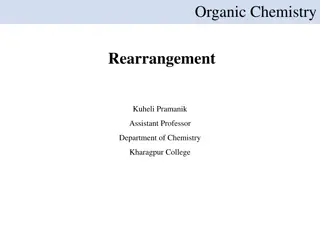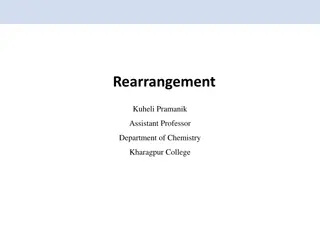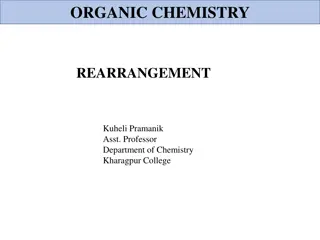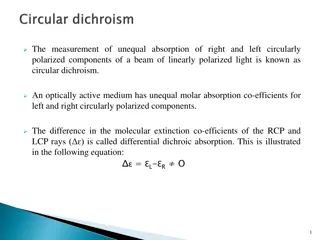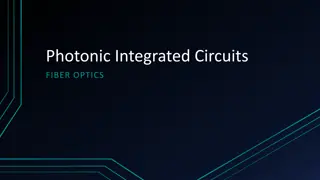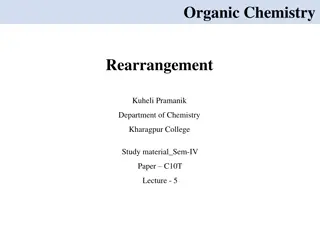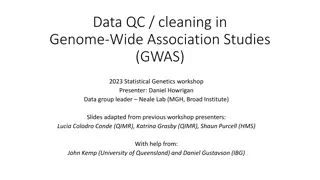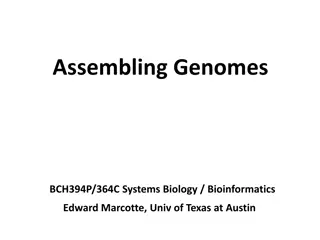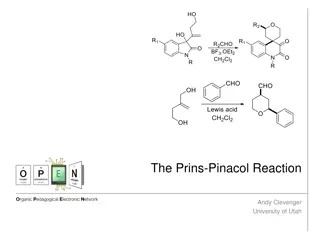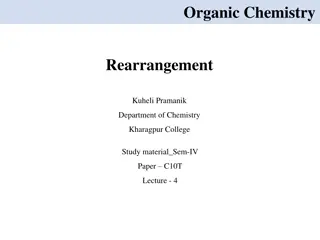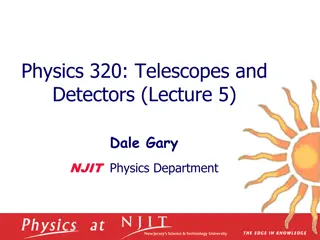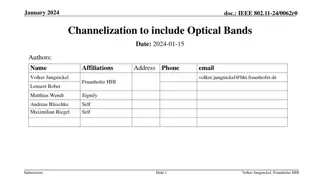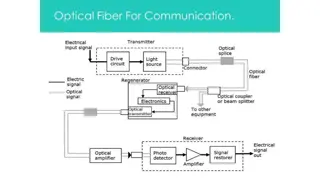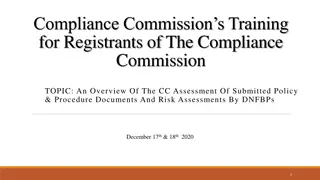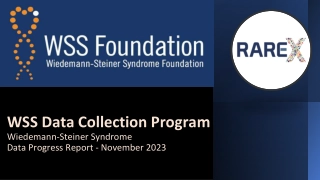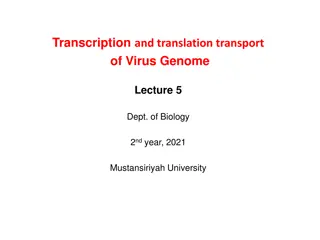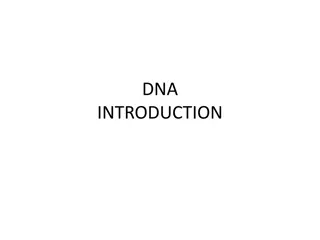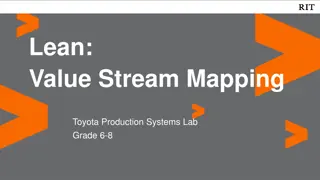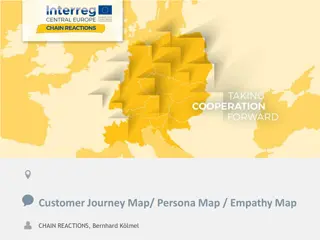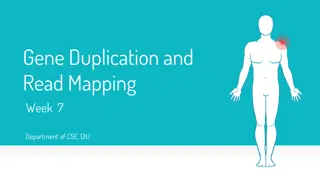Understanding a Complex KMT2A Rearrangement in AML with Optical Genome Mapping
A case report explores the use of optical genome mapping (OGM) to unravel a complex KMT2A rearrangement in an AML patient. Traditional cytogenetic analyses identified translocations and rearrangements involving chromosomes 10 and 11, leading to the fusion of genes KMT2A and MLLT10. OGM technique, utilized to analyze ultra-long DNA fragments, provided detailed insights into the structural aberrations at a genome-wide level. This innovative approach offers a novel perspective on characterizing intricate genetic mechanisms in leukemia cases.
Download Presentation

Please find below an Image/Link to download the presentation.
The content on the website is provided AS IS for your information and personal use only. It may not be sold, licensed, or shared on other websites without obtaining consent from the author. Download presentation by click this link. If you encounter any issues during the download, it is possible that the publisher has removed the file from their server.
E N D
Presentation Transcript
CASE REPORT: the use of optical genome mapping (Bionano) to understand a complex mechanism of a KMT2A rearrangement in an AML case. C line L t 1, Genevi ve Ameye , Pablo Beckers1, Lucienne Michaux , Vincent Bours, Mauricette Jamar1, Jolien De Bie , Barbara Dewaele , Catherine Menten1 1Human genetics, CHU Li ge, Belgium Center for Human Genetics , UZ Leuven, Belgium Catherine Menten and Barbara Dewaele Cytogenetic lab, human genetic, CHU Li ge, Belgium
Introduction : the diagnosis of AML M5 (FAB classification) was established after cytology and cytometry analysis in an eighty-six year old woman with 46% myeloblasts in the bone marrow. A B Content A : standard karyotype Q-banding : 46,XX,t(10;11)(p12;q23) B : specific KMTA FISH (break apart probe, Vysis) Standard karyotype shows a translocation t(10;11)(p12;q23) in seventeen mitoses. KMT2A rearrangement was confirmed by FISH analysis using a gene specific break apart probe. However, the observation of informative metaphases shows that the KMT2A rearrangement is located on the short arm of a derivative chromosome 10. Catherine Menten and Barbara Dewaele Cytogenetic lab, human genetic, CHU Li ge, Belgium 2
Aim: MLLT10 fusion is known to result from an inversion which can occur either before or after the t(10;11) translocation. An RT-PCR Hemavision test would have been informative, but was not possible due to the lack of RNA. Optical genome mapping (OGM) is a new, all in one , technique allowing the genome-wide detailed characterization of most structural rearrangements (balanced or not) . Results : 1. Ultra long DNA fragments (>150kb) extracted from bone marrow labeled then linearised using Saphyr (Bionano Genomics). Then, the pattern was compared with reference genome via OGM technique, showing pseudodiplo d with complex aberrations involving a MLLT10-KMT2A rearrangement. were karyotype Chromosome 10 (right) and 11 (left) ( Bionano Access (Genome build GRCh37/hg19)) after bio- computing analyses using De Novo Assembly (coverage 150x), Rare variant (coverage 300x) and Copy Number Analysis (coverage 300x) pipelines . Catherine Menten and Barbara Dewaele Cytogenetic lab, human genetic, CHU Li ge, Belgium 3
Results : 2. After independent analyses, we observed two inversions inside the long arm of one chromosome 11 and two translocations between the short arm of one chromosome 10 and the long arm of chromosome 11 which ultimately lead to the fusion of the genes KMT2A and MLLT10. A C 10p12.31 11q14.2 TMEM135 MLLT10 KMT2A KMT2A 11q23.3 11q23.3 11q13.4 FAM168A B D 10p12.31 PLEKHB1RAB6A MLLT10 PLEKHB1 RAB6A FAM168A TMEM135 11q13.4 11q14.2 C : inv(11)(q14.2q23.3)(86854533_118364657inv) D : inv(11)(q13.4q14.2)(73340798_86847507inv) A : t(10;11)(p12.31;q23.3)(21912195;118349783) B : t(10;11)(p12.31;q13.4)(21861988;73345254) Catherine Menten and Barbara Dewaele Cytogenetic lab, human genetic, CHU Li ge, Belgium 4
Conclusion : OGM technique allowed us to observe a KMT2A- MLLT10 fusion resulting from several anomalies involving chromosome 10 and 11: ogm\[GRCh37\] t(10;11)(p12.31;q13.4)(21861988;73345254), [MLLT10-PLEKHB1] t(10;11)(p12.31;q23.3)(21912195;118349783), [MLLT10-KMT2A] inv(11)(q13.4q14.2)(73340798_86847507inv), inv(11)(q14.2q23.3)(86854533_118364657inv) We conclude that the analysis of this AML case nicely illustrates the value of OGM to resolve complex aberrations using only one assay. Catherine Menten and Barbara Dewaele Cytogenetic lab, human genetic, CHU Li ge, Belgium 5


